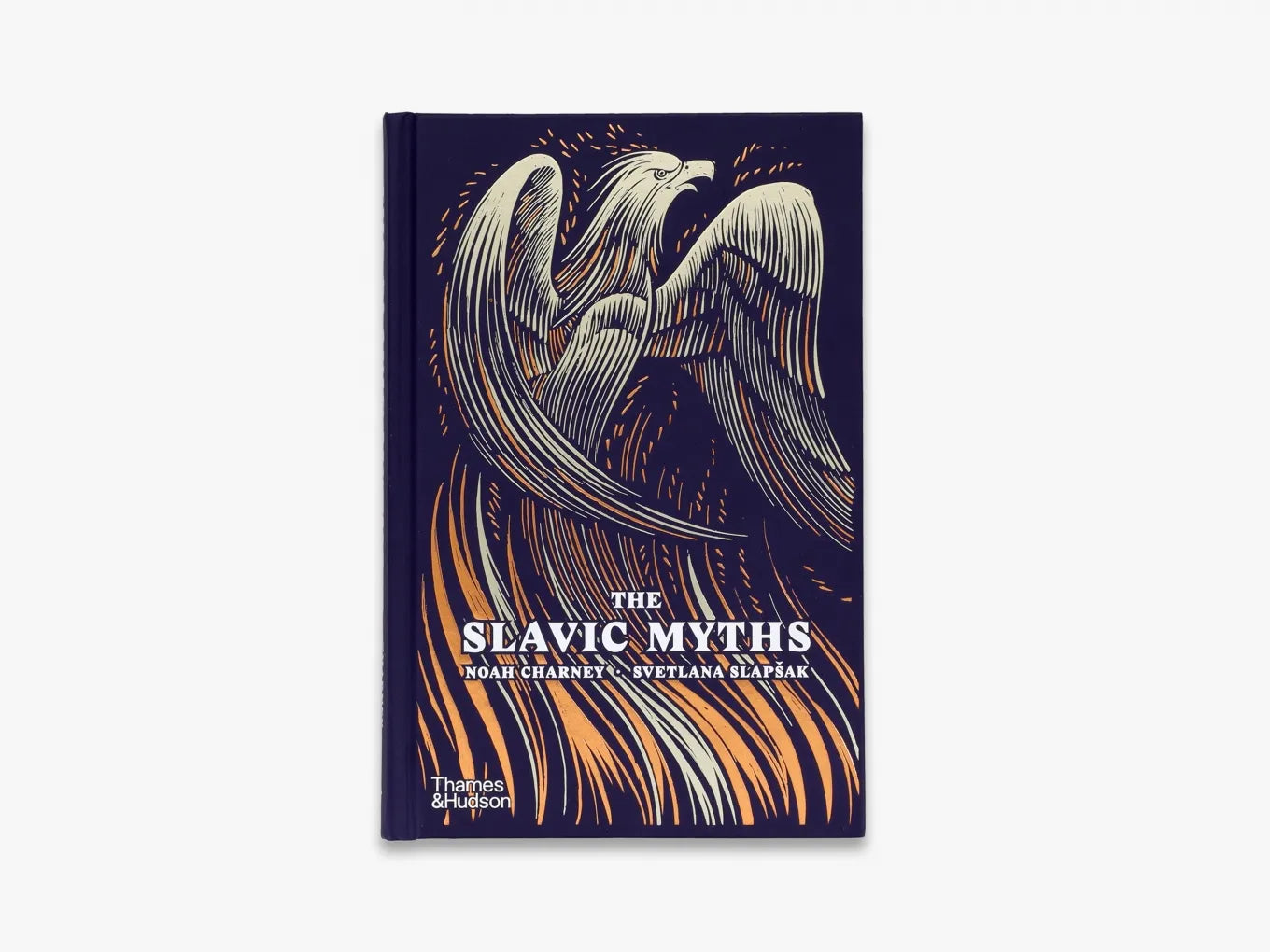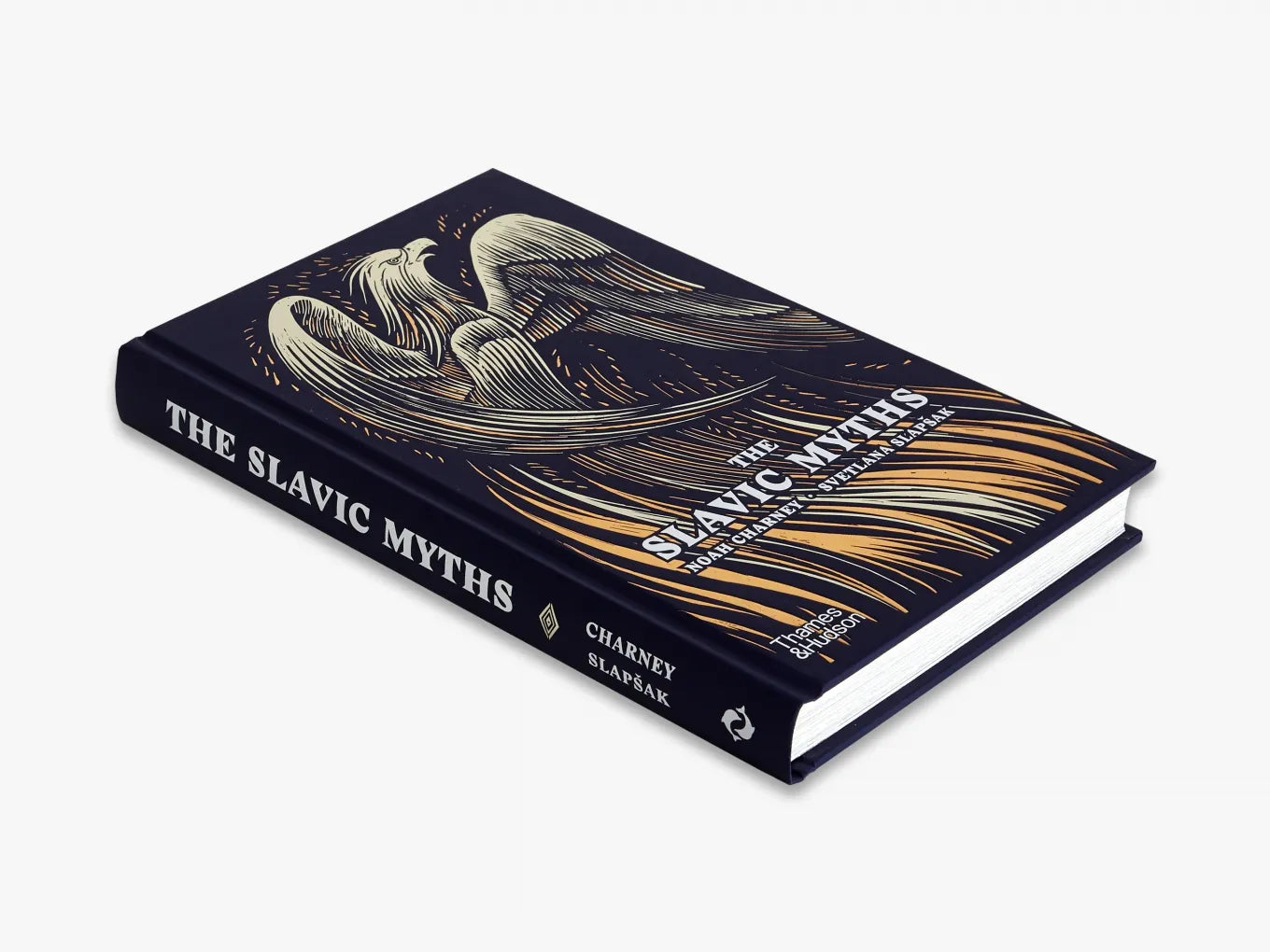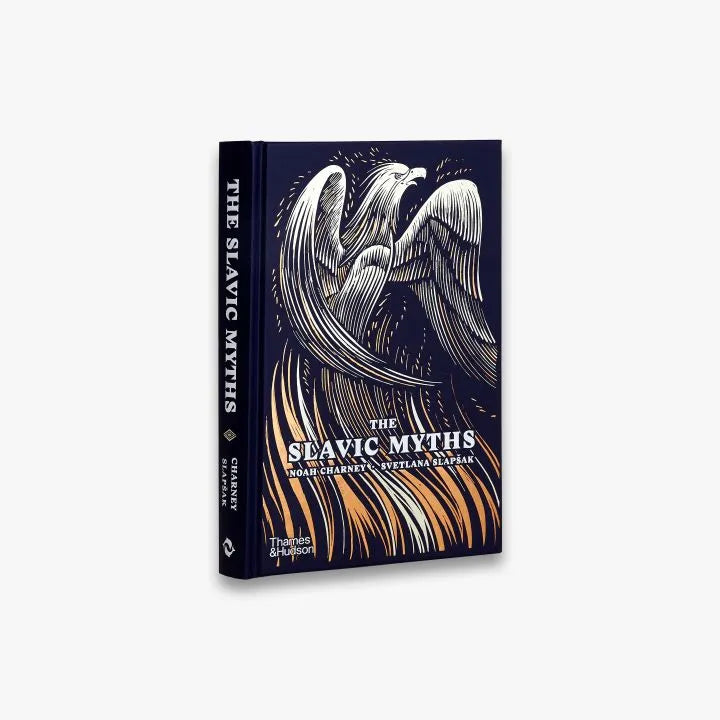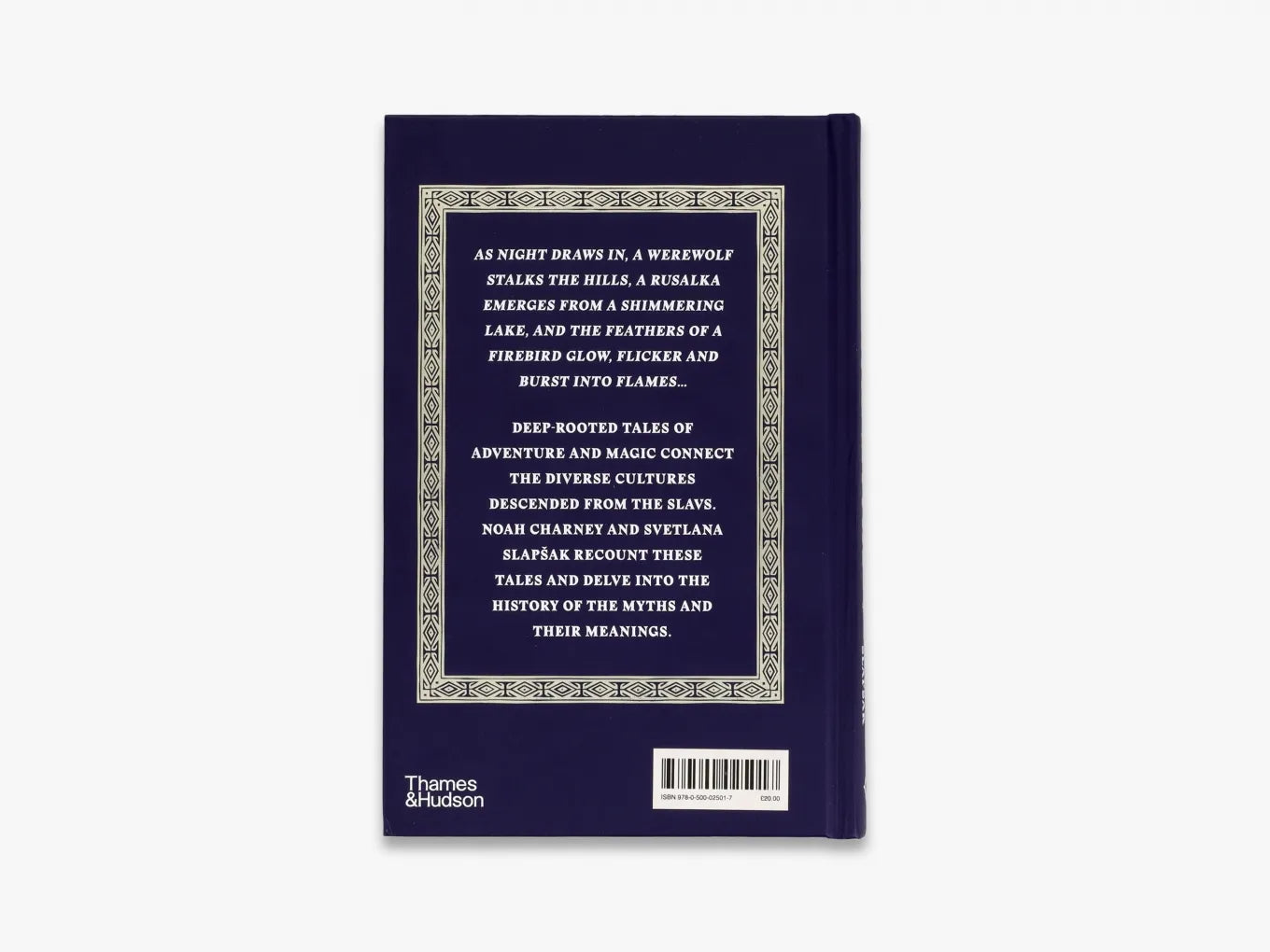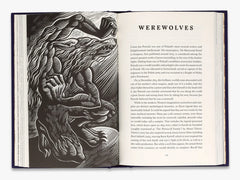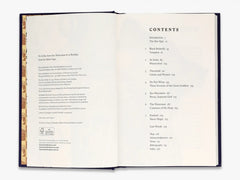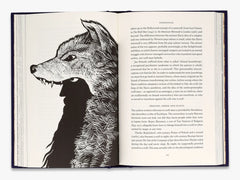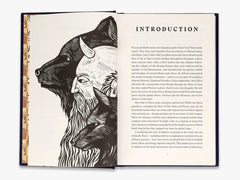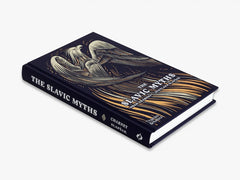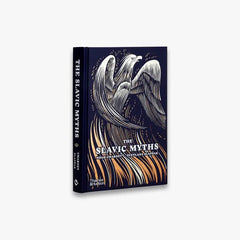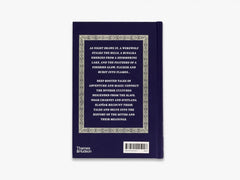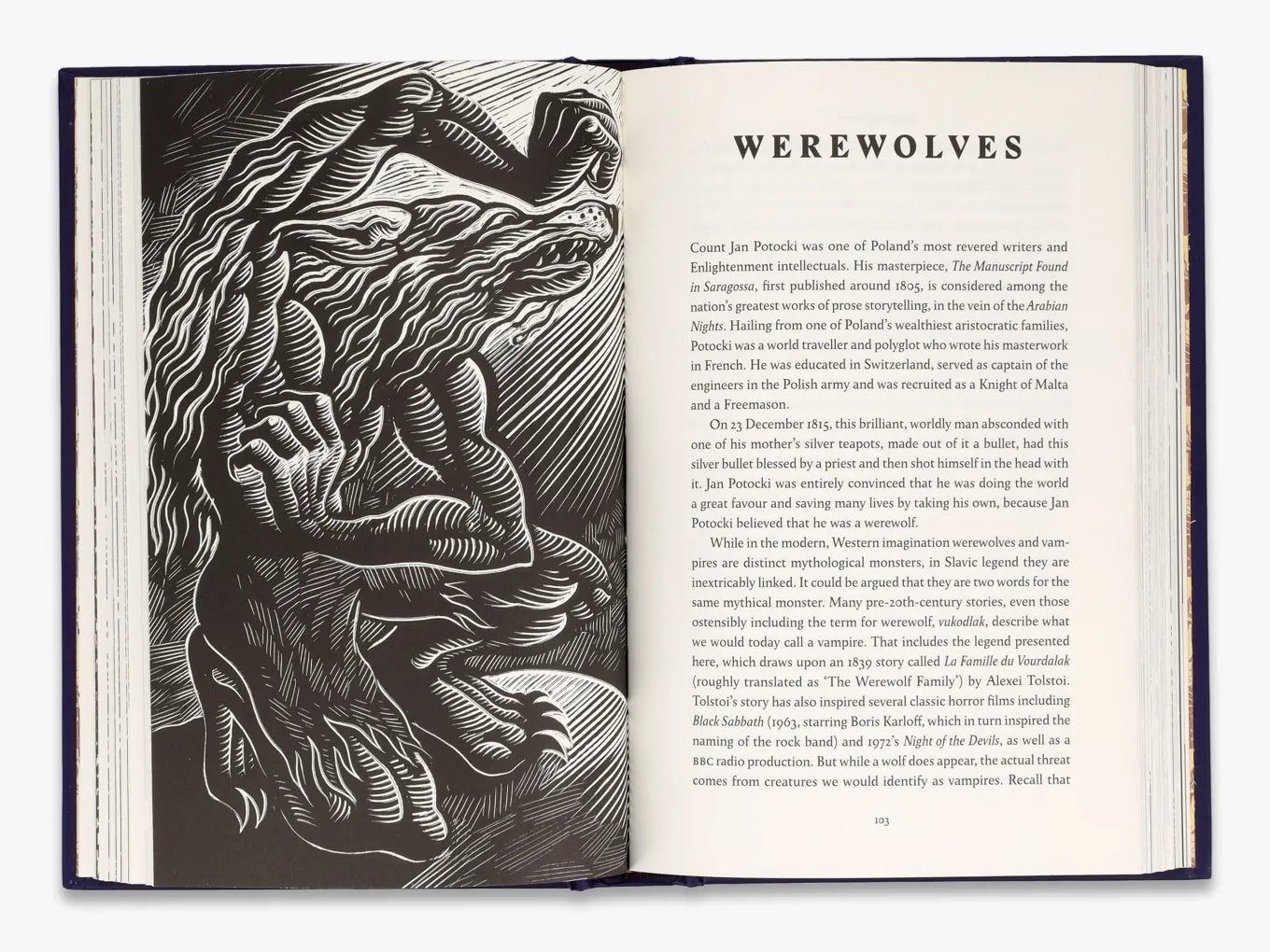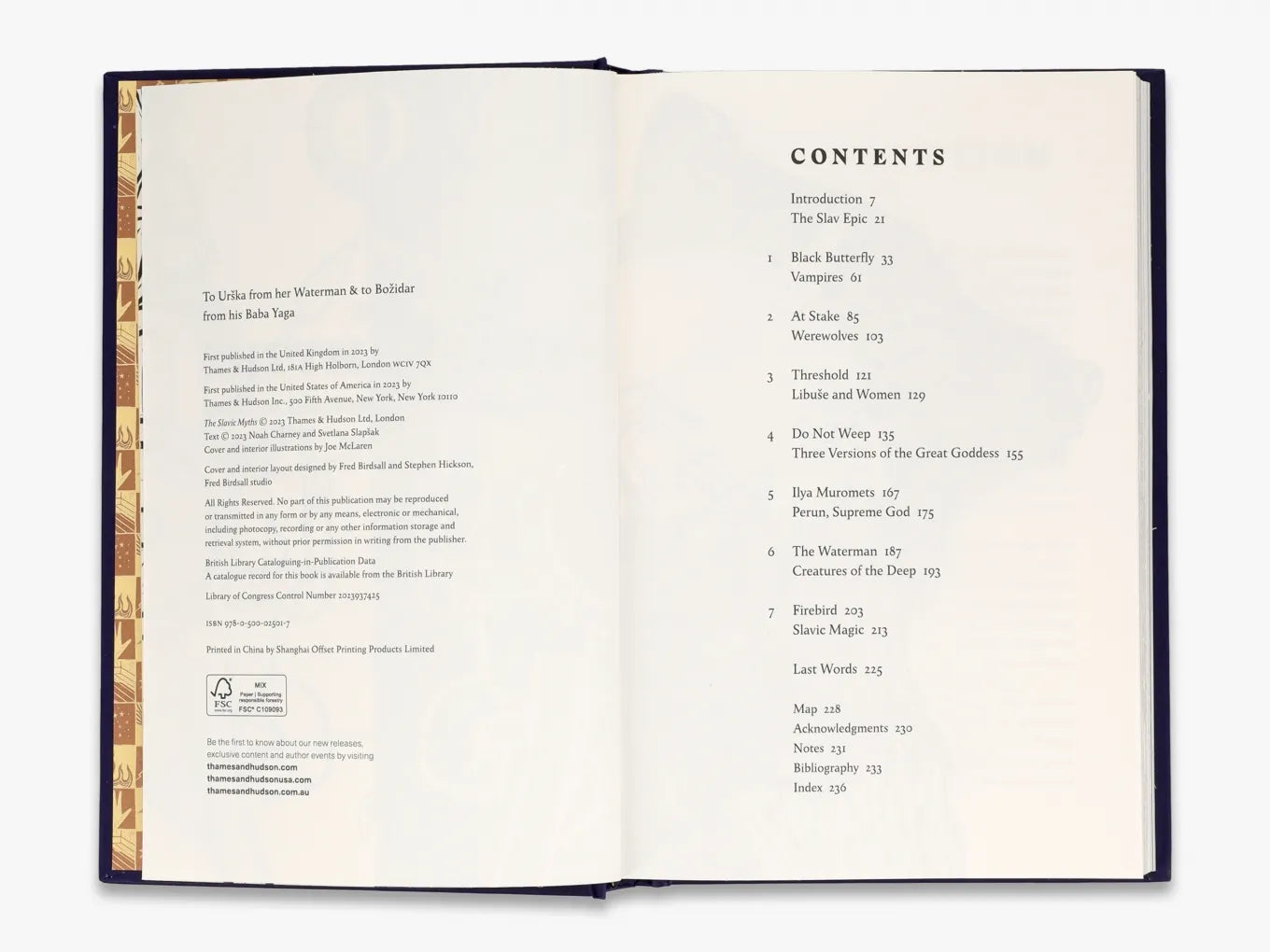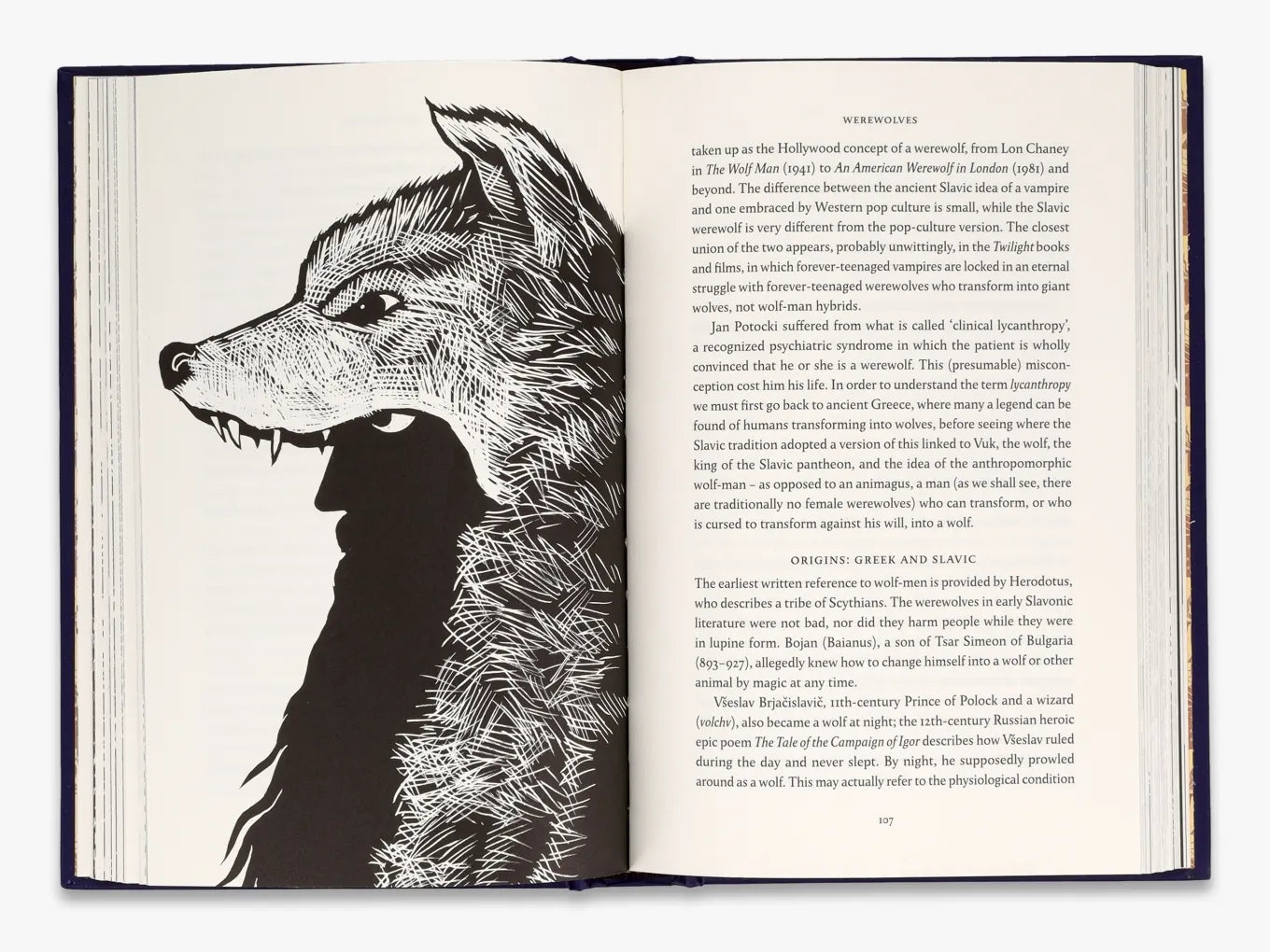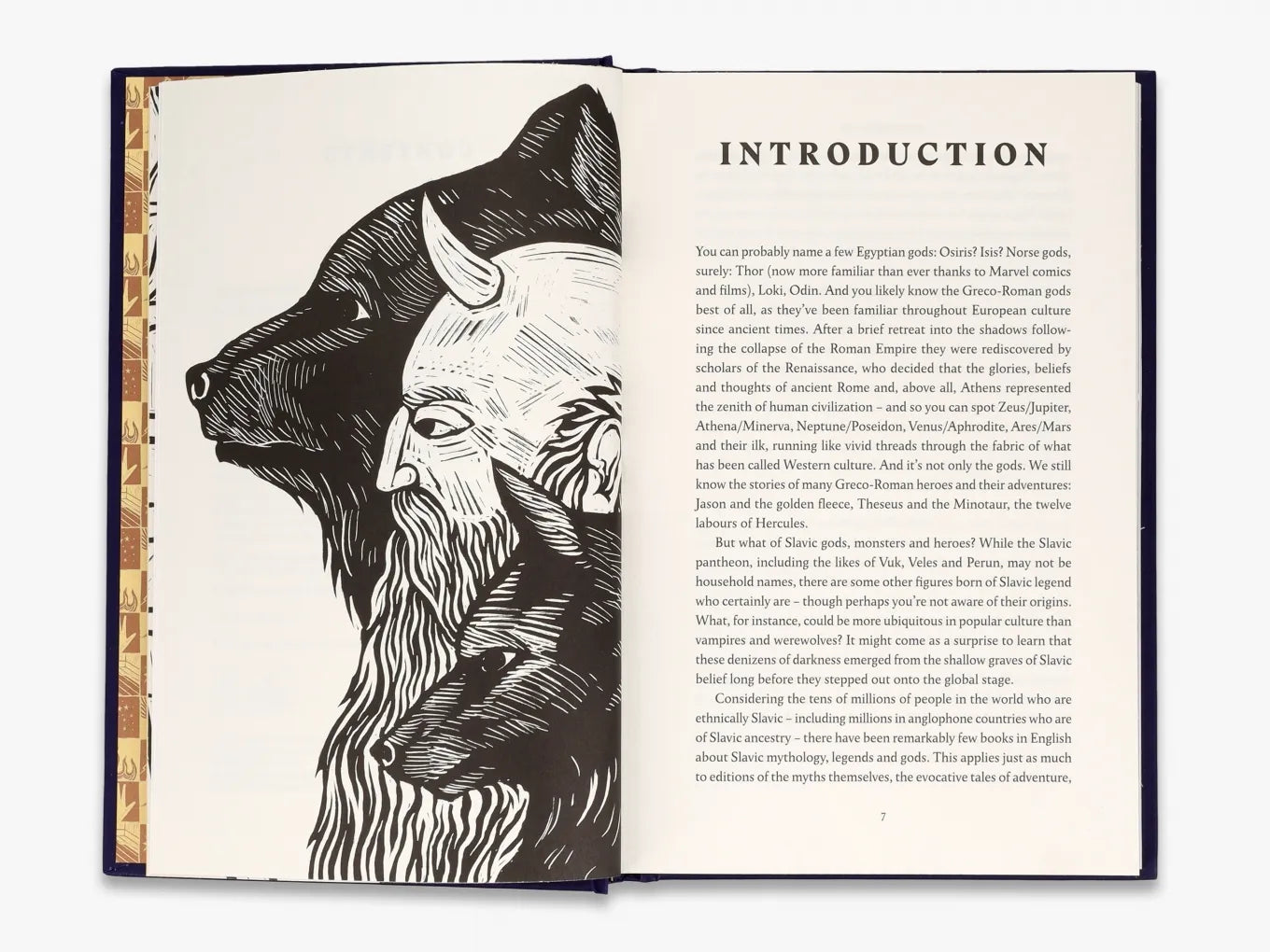Though less familiar to us than the legends of ancient Egypt, Greece and Scandinavia, in the world of Slavic mythology we find much that we can recognize: petulant deities, demons and faeries; witches, the sinister vestica, whose magic may harm or heal; a supreme god who can summon storms and hurl thunderbolts. Gods gather under the World Tree, reminiscent of Norse mythology’s Yggdrasill; or, after the coming of Christianity, congregate among the clouds. The vampire – usually the only Serbo-Croatian word in any foreign-language dictionary – and the werewolf emerge from the shallow graves of Slavic belief.
In their careful analysis and sensitive reconstructions of the origin stories, Charney and Slapsak unearth the Slavic beliefs before their distortion first by Christian chroniclers and then by 19th-century scholars seeking origin stories for their new-born nation states. They reveal links not only to the neighbouring pantheons of Greece, Rome, Egypt and Scandinavia but also the belief systems of indigenous peoples of Australia, the Americas, Africa and Asia. In so doing, they draw out the universalities that cut across cultures in the stories we tell ourselves.
The Slav Epic: How the 19th Century Established Slavic Mythology
“Black Butterfly”
Vampires
“At Stake”
Werewolves
“Threshold”
Libuse and Women at the Threshold
“Do Not Weep”
Don’t Mess with a Goddess: Three Versions of the Great Goddess Among the Slavs
“Ilya Muromets in Defense of Kiev”
Perun: The Supreme God in Heaven and the Heroes on Earth
“The Waterman”
Creatures of the Waters
“Firebird”
Slavic Magic: Spells, Magicians, Enchanted Animals, Plants and Treasures
Conclusion
Press Reviews
Sir Christopher Frayling
Olesya Salnikova Gilmore, author of THE WITCH AND THE TSAR
Sophie Anderson, author of The House with Chicken Legs
The Irish Catholic
Noah Charney is an American art historian and internationally bestselling author of fiction (The Art Thief) and non-fiction (The Art of Forgery, The Collector of Lives and The Museum of Lost Art). Svetlana Slapsak is a leading specialist in Balkan studies and award-winning essayist who has published more than eighty books. She won the American PEN Freedom of Expression Award in 1993 and was nominated for the Nobel Peace Prize in 2005. Both Charney and Slapsak live in Slovenia.
You May Also Like
View more- Choosing a selection results in a full page refresh.


